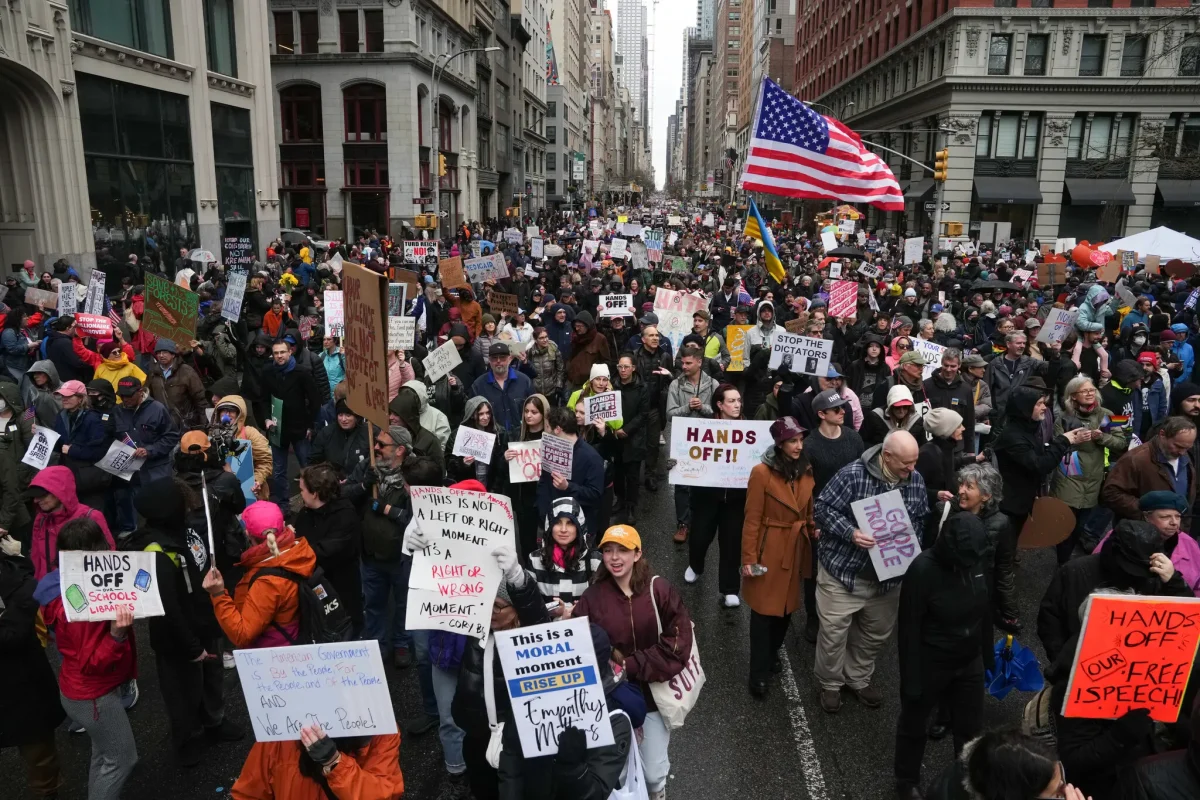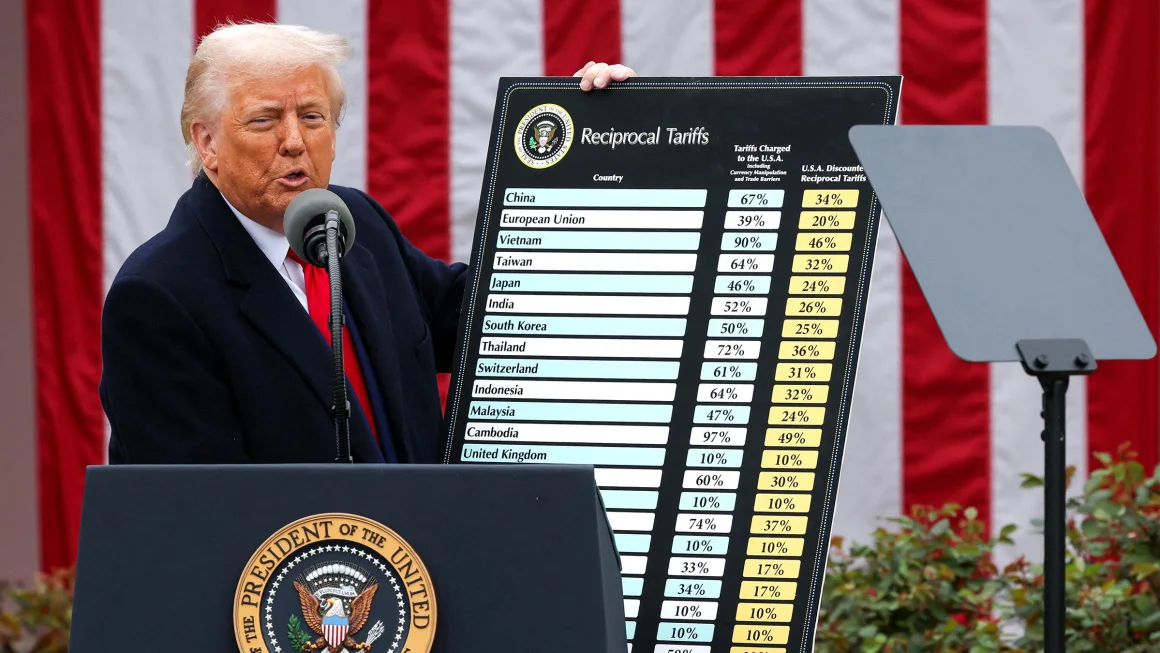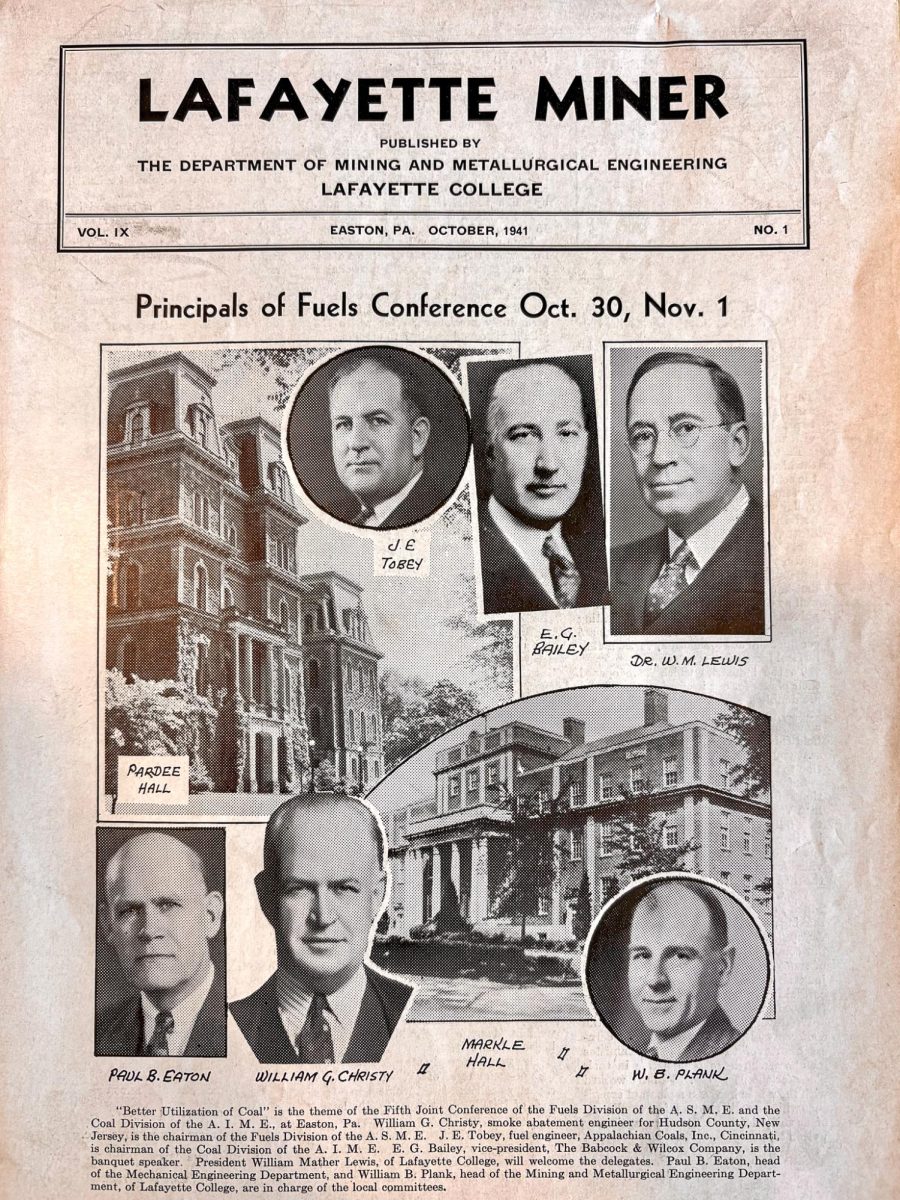After four long years, the “Black Panther” franchise makes a dramatic return to the screen. This time, director Ryan Coogler attempts to pull off a bold sequel without the Black Panther himself after the 2020 death of Chadwick Boseman.
Despite that difficult challenge and occasional stumbles in plot, “Black Panther: Wakanda Forever” delivers with vibrant performances, excellent camerawork and intriguing social commentary.
The sequel begins with a tearful tribute to King T’Challa; his actor, Boseman, unfortunately passed away at only 44 years old from stomach cancer. Following the emergence of a hostile enemy as well as escalating political pressures from America and France, T’Challa’s family members Queen Ramonda (Angela Bassett), Princess Shuri (Letitia Wright) and General Okoye (Danai Gurira) must dictate and execute military actions that will decide the future of Wakanda.
It’s worth emphasizing that the filmmakers wisely pay tribute to Boseman and manage to continue the franchise very respectfully. While the filmmakers could have simply switched out the Black Panther with another actor, the film instead casts all Black women in the main roles.
Each of them gives an excellent performance. I felt Angela Bassett and Danai Gurira had the on-screen conviction to sell the believability of certain moments that lacked some emotional build-up. The connecting plot threads in “Wakanda Forever” don’t always work, but it is the work of the actresses that manage to keep the viewers invested in the story and carry them through.
Action set pieces, cinematography and special effects are top notch, far exceeding those in the franchise’s first installment. Many of the computer-generated effects in the first film look somewhat plasticky and unrealistic by today’s standards. Luckily, the VFX artists have doubled their efforts this time around. Each action scene is made visually distinctive through its use of varied terrain, weaponry and superhuman abilities. At the same time, the film’s lighting and standout costuming remain so distinctive that one can identity the imagery as “Wakanda Forever” from practically any single frame.
Finally, I appreciated that the plot’s attempts to connect the similar histories of colonized Africans and Hispanics. It places emphasis on the colonization that stripped many of both groups of their homes and families. It asks audiences to contemplate racialized violence, inconsolable loss and desire for revenge. My only concern in this area is that plot errors and improper pacing of the film prevented these themes from being addressed in the best way they could have been.
Overall, however, I feel “Wakanda Forever” is the best film Marvel has released since “Avengers: Endgame” with the possible exception of “Spider-Man: No Way Home.” While it lacks the staying power and narrative coherence of its predecessor, I felt the film excelled in its own ways and managed to succeed despite the obstacles under which it was created.
























































































































